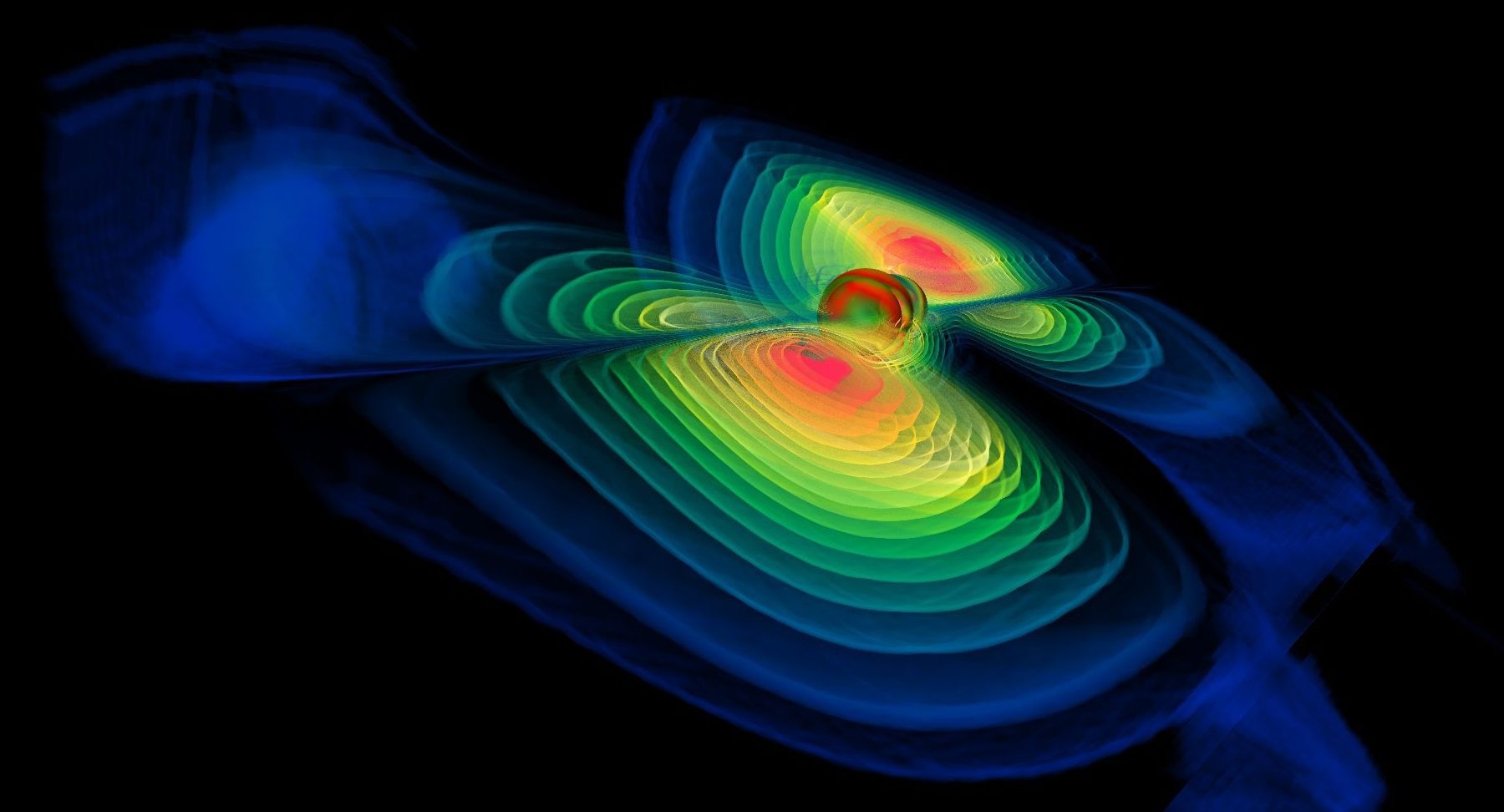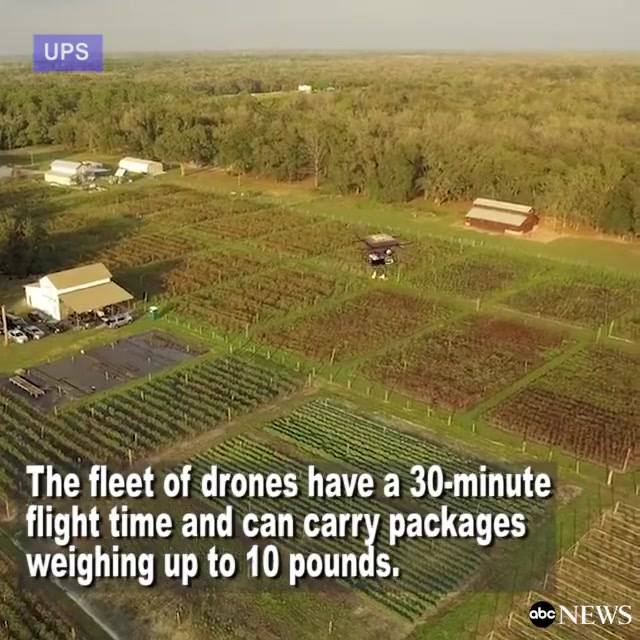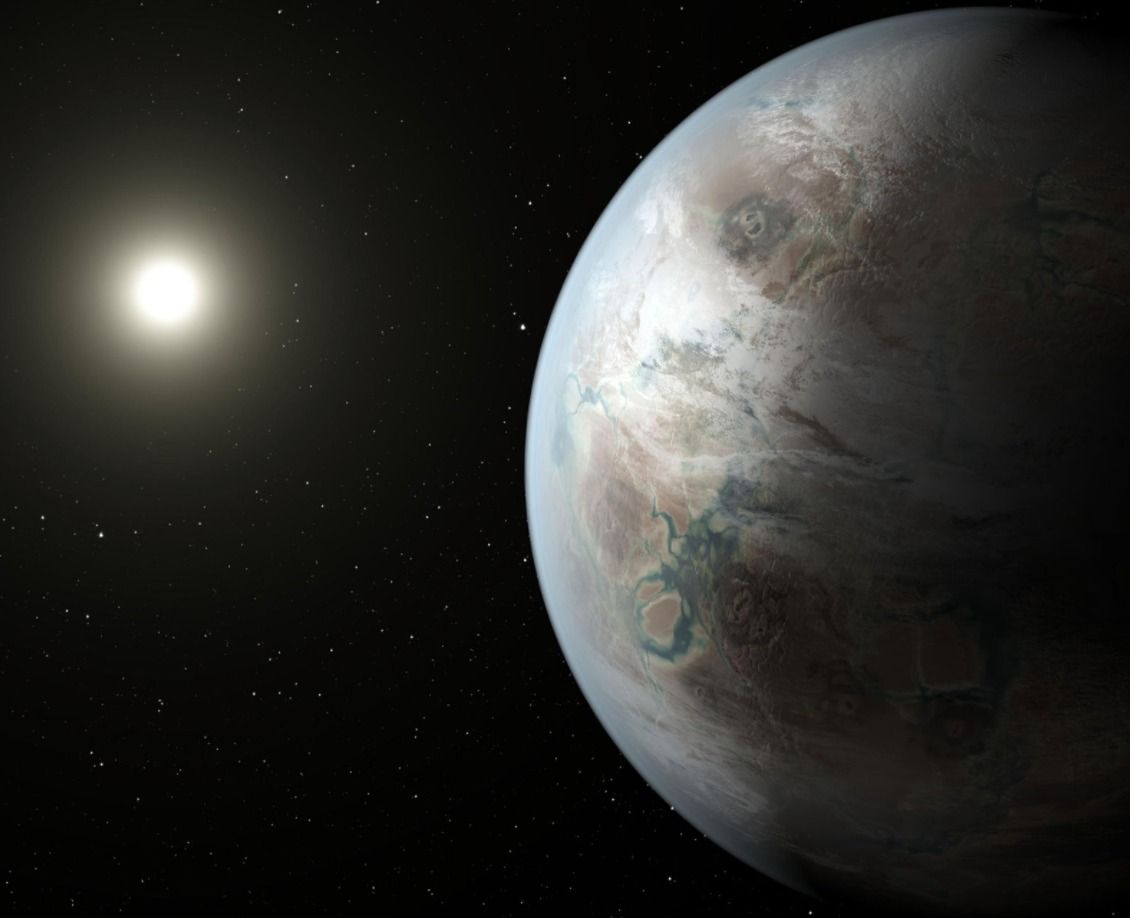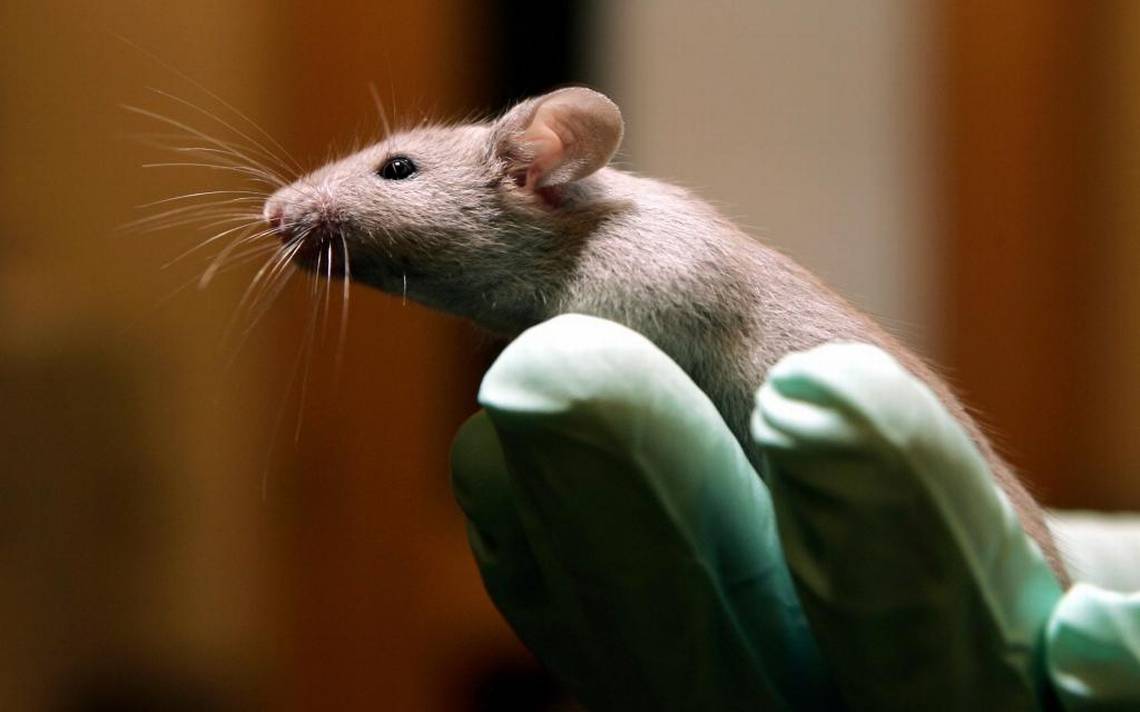Feb 21, 2017
Quantum Entanglement is Just as Einstein Predicted
Posted by Karen Hurst in categories: particle physics, quantum physics
I never doubt the theory.
We owe a lot to Einstein, and this week physicists have confirmed another of his theories by unraveling and proving that quantum entanglement does in fact exist. Under the standard quantum theory, nothing has a definitive state until it’s measured, and when two particles interact they become entangled. Being entangled means no longer do the particles have their probabilities but one that includes both particles together. Even though two photons become entangled, they can still travel light years apart from each other, but they will always remain linked.

















